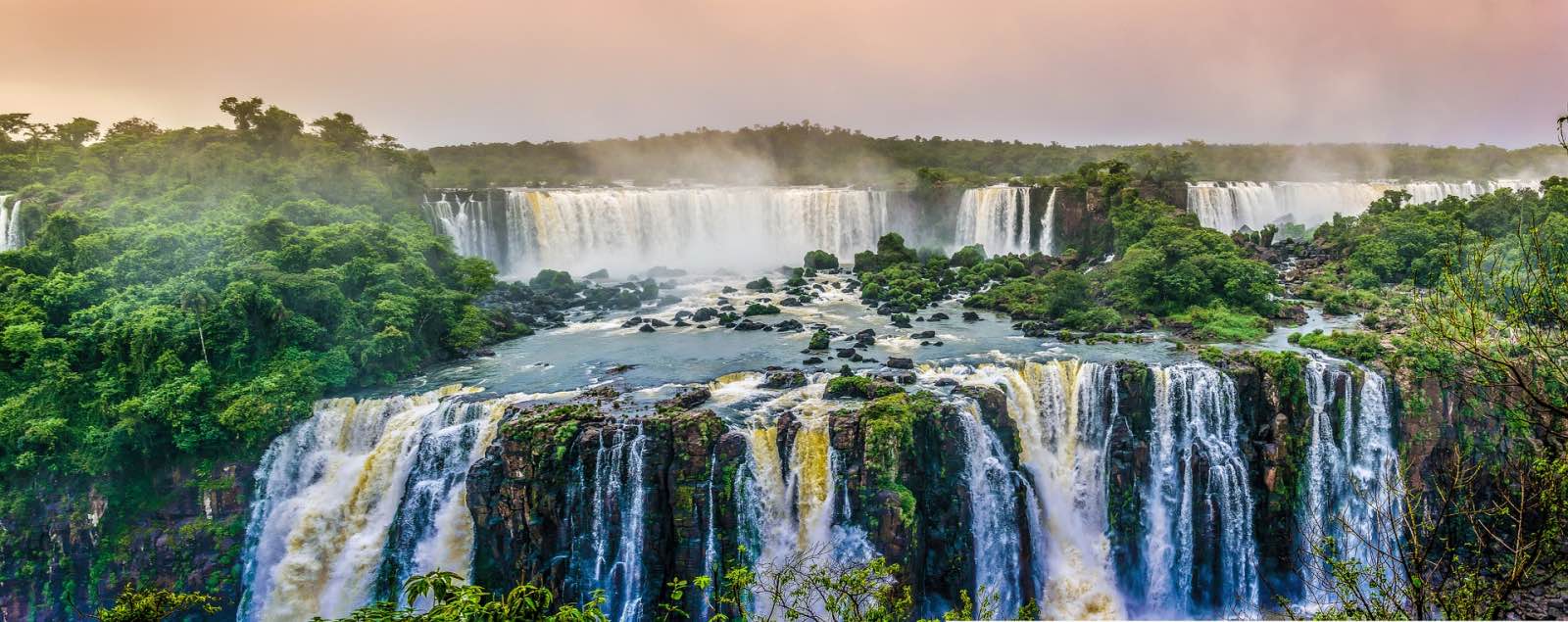South America is a continent simultaneously erupting with ancient history and vibrant, modern culture. It flows from the frosty peaks of the Andes Mountains, to desert landscapes that look like the surface of the moon. It has a vast tropical jungle basin, Caribbean shores, wine country, bohemian port towns, and exotic wildlife. With so much to offer, the biggest question of all is where to begin? It is easiest to break South America down into its four portions, each offering something iconic and different. There’s SO much to choose from and we recommend getting in touch with Liselle, our South America expert, to ask questions about the continent and what will best suit you. Below are some of our top traveller attractions, by region.
The North Coast
On the Caribbean coastline is the North Coast and the northernmost reaches of the rainforest, where you’ll find Colombia and Venezuela, palm-fringed beaches, the hard evidence of European colonisation and residual African settlements that stem back to the days of slavery. Lifestyles seem lackadaisical, colours are vibrant, history is everywhere, and nature is close by.
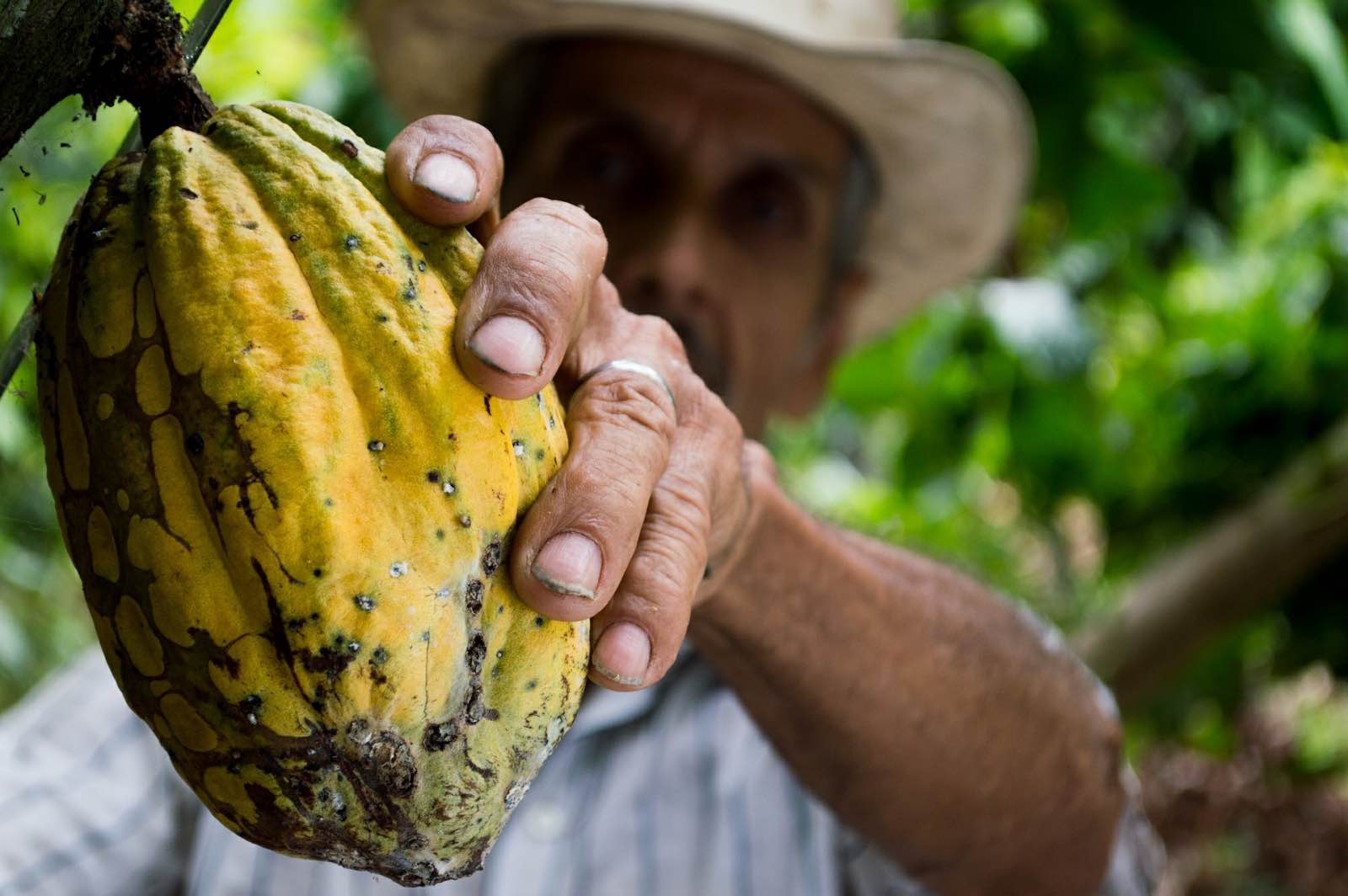
Museo del Oro, Bogotá, Colombia: The home of Colombia’s gold heritage. The museum is a testament to the country’s metalwork expertise of the old days when gold was extracted from the earth, reworked into figurines and jewellery and then buried as a gift to the Earth. While much of the south was plundered for gold treasure, Colombia was overlooked for many years and managed to retain its treasures for longer. Today, what remains – some 36 000 pieces – is on display in Museo del Oro where it is guarded by the bank. A truly exquisite exhibition.
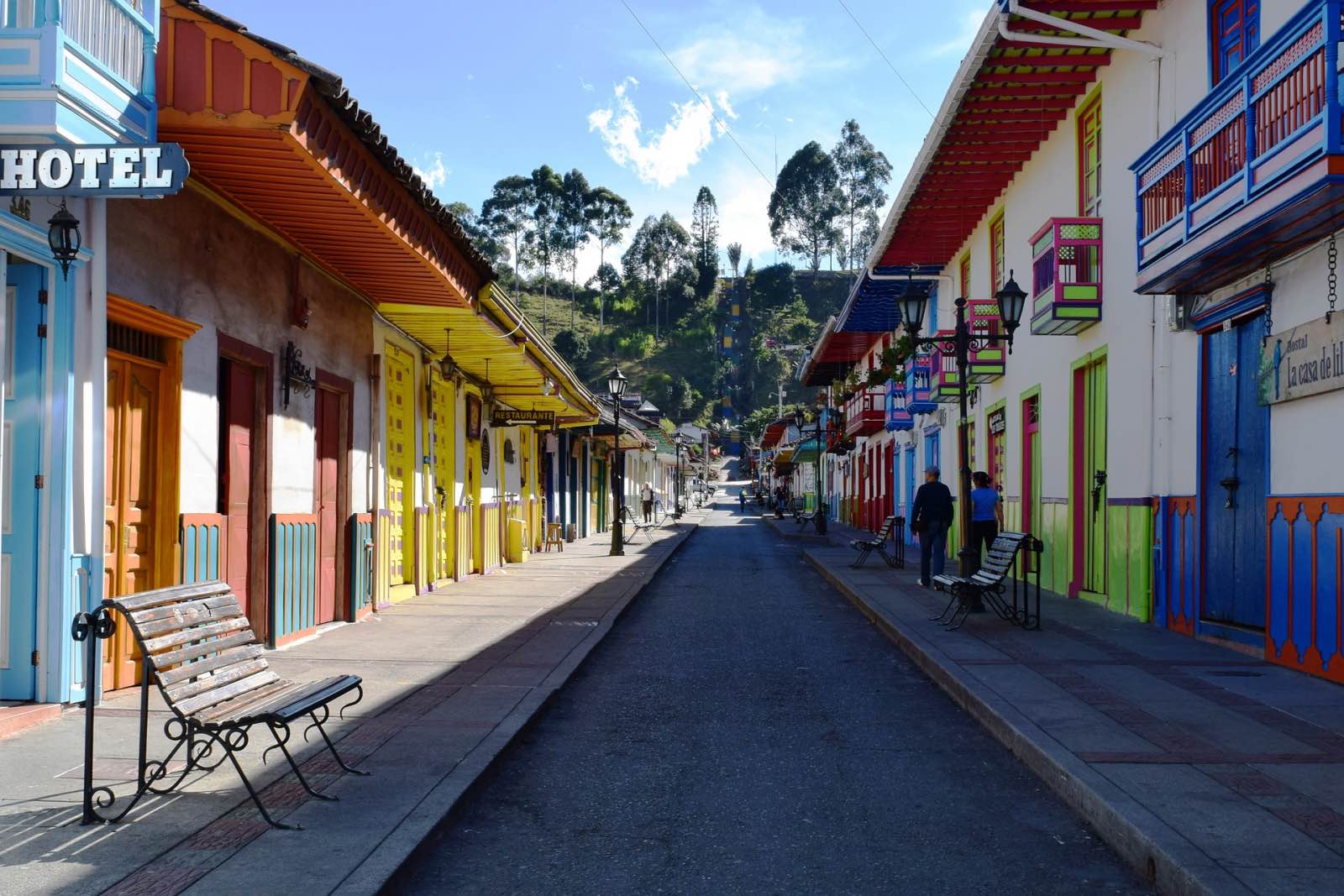
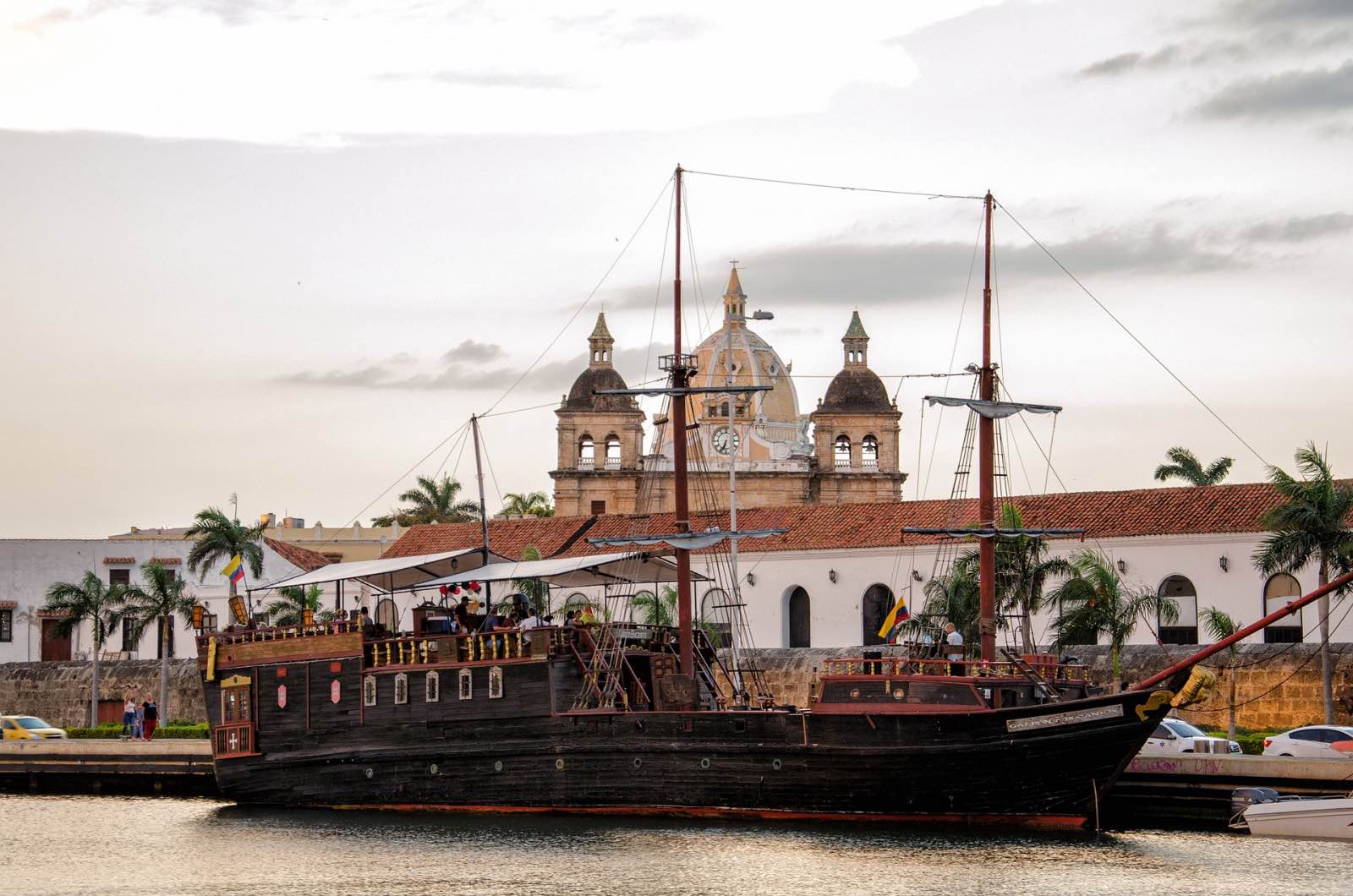
The Caribbean Coast, Santa Marta, Colombia: This city is the gateway to the northern attractions, including the tropical, sensual coast and El Rodadero beach. Stroll the popular promenade, sit at pavement restaurants and watch the comings and goings of locals and tourists alike. Salsa dancing is present everywhere you look – a part of the culture. Visit the Cathedral Basilicá, which is built on the ground where the oldest Catholic cathedral in Colombia used to stand after it was founded in 1951. Tairona National Park is easily accessed from Santa Marta and is popular because of its sparsely populated, white, sandy beaches and tropical jungle, which spans out below the jagged Sierra Nevada mountains.
The Southern Cone
The Southern Cone is the name given to the part of South America that has the most European influence and is most frequently travelled. This is where you’ll find Patagonia and its mountainous hiking routes and windswept shores. Chile – wedged between the Pacific Ocean and the Andes Mountains; Argentina – grass plains, Patagonian steppes, and ‘gauchos’ on horseback; Paraguay – landlocked, and full of old architecture and history; and Uruguay – tiny in comparison to its giant neighbours, it is a place of old town life and beautiful city beaches.
Wine Country, Colchagua Valley, Chile: Chile is one of the world’s most famous wine regions, and you can get right into the heart of it – Colchagua Valley – via a three-hour bus ride from Santiago. We recommend basing yourself in the slow town of Santa Cruz so that you’ve got a great place to overnight while you head off into the valley to sample South America’s best wines! There are many vineyards to choose from, so take your pick and know that wherever you go will be beautiful. Botanical mountain slopes, plump grapes, green vineyards, modern wine cellars, and old farm vehicles make this valley characterful and cute. Must do.
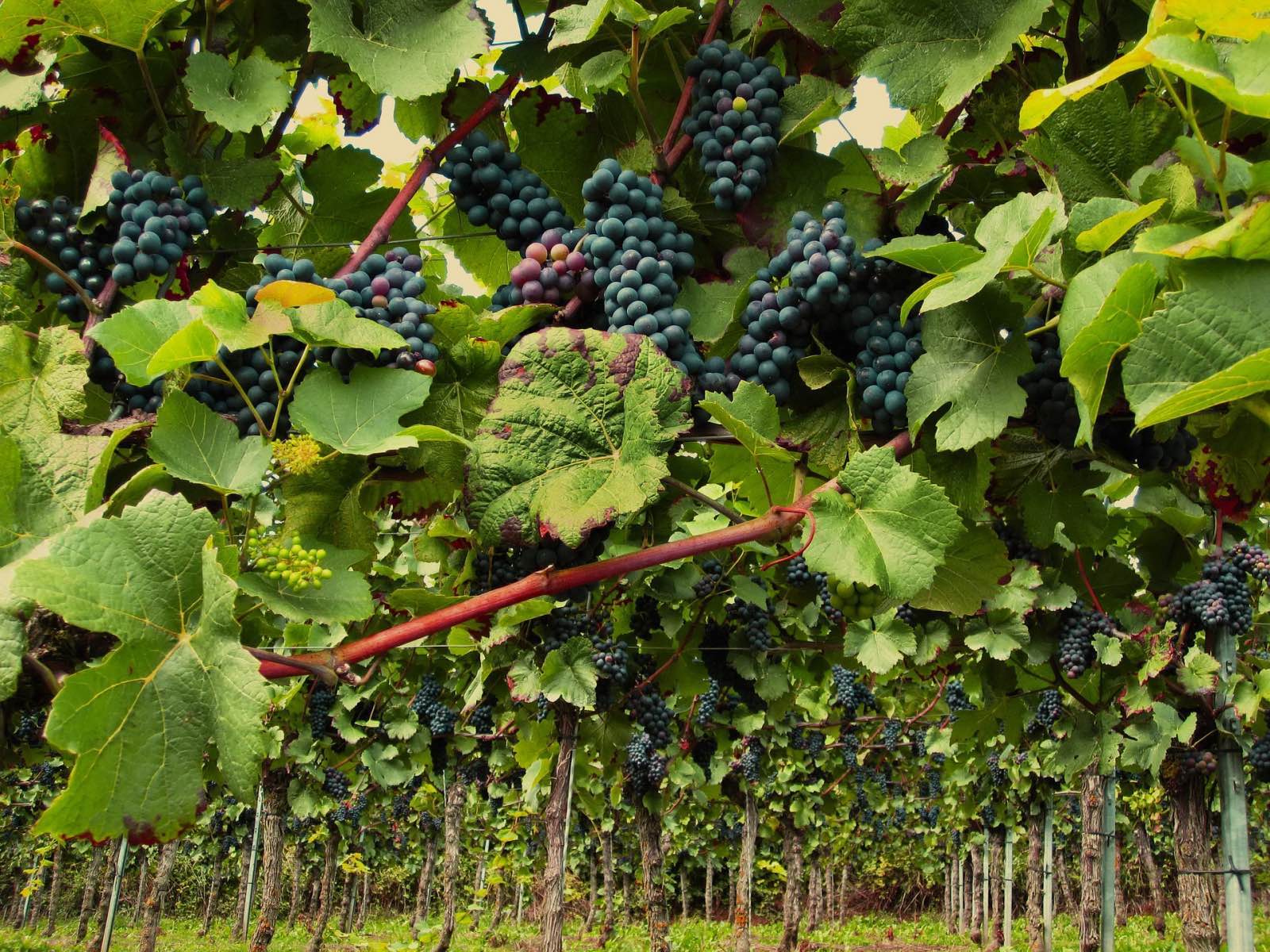
Torres del Paine, Patagonia, Chile: Hikers unite in the windy, rainy, staggeringly marvellous southern Andes ice fields of Patagonia. This place is rugged, icy, and decorated with alpine forests and great, glacial lakes. You will live in your hiking boots and buffs and you’ll challenge yourself to some multi-day hiking excursions, kayaking adventures, and puma trekking experiences. See the Andean condor soaring between the snow-capped peaks and hear the guanacos’ high-pitched whistles as they alert to the presence of the puma.
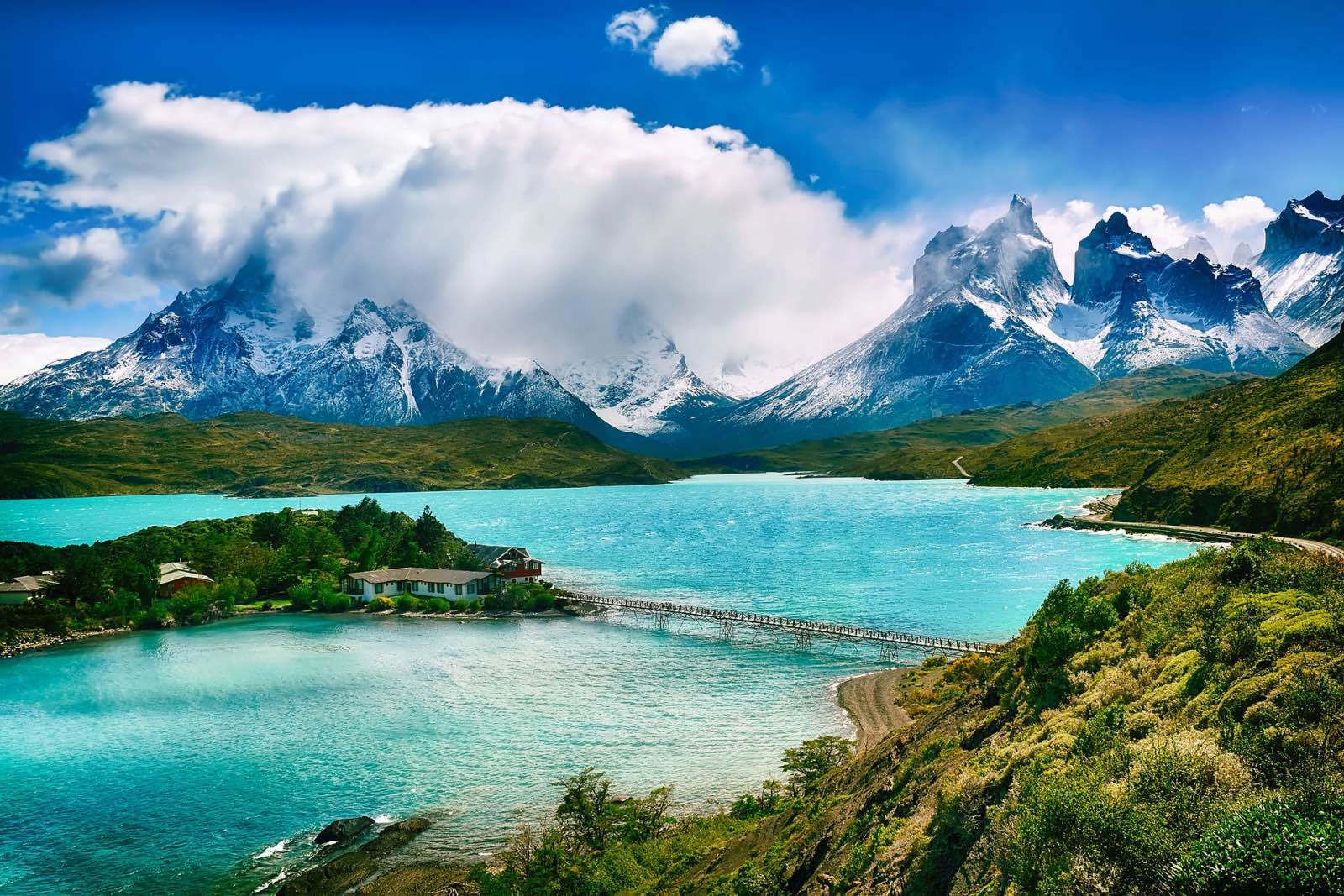
Bariloche, Argentina: During peak summer, from December to March, Bariloche – placed between the Andes peaks and the Patagonian plains in Argentina – is a sun-seeker’s paradise. The scenery is what attracts visitors from far and wide to the lush, alpine forests of the region, and the sunny-skied tours of the Great Lake District where glaciers and mountains stand, strikingly beautiful, around the turquoise stretches of water. People say it’s the Switzerland of South America, nestled in the middle of the Andes. In winter, the snow arrives and the slopes become a skier’s dream, turning Bariloche into a wood-cabin-with-roaring-fire type place that draws you in and keeps you close.
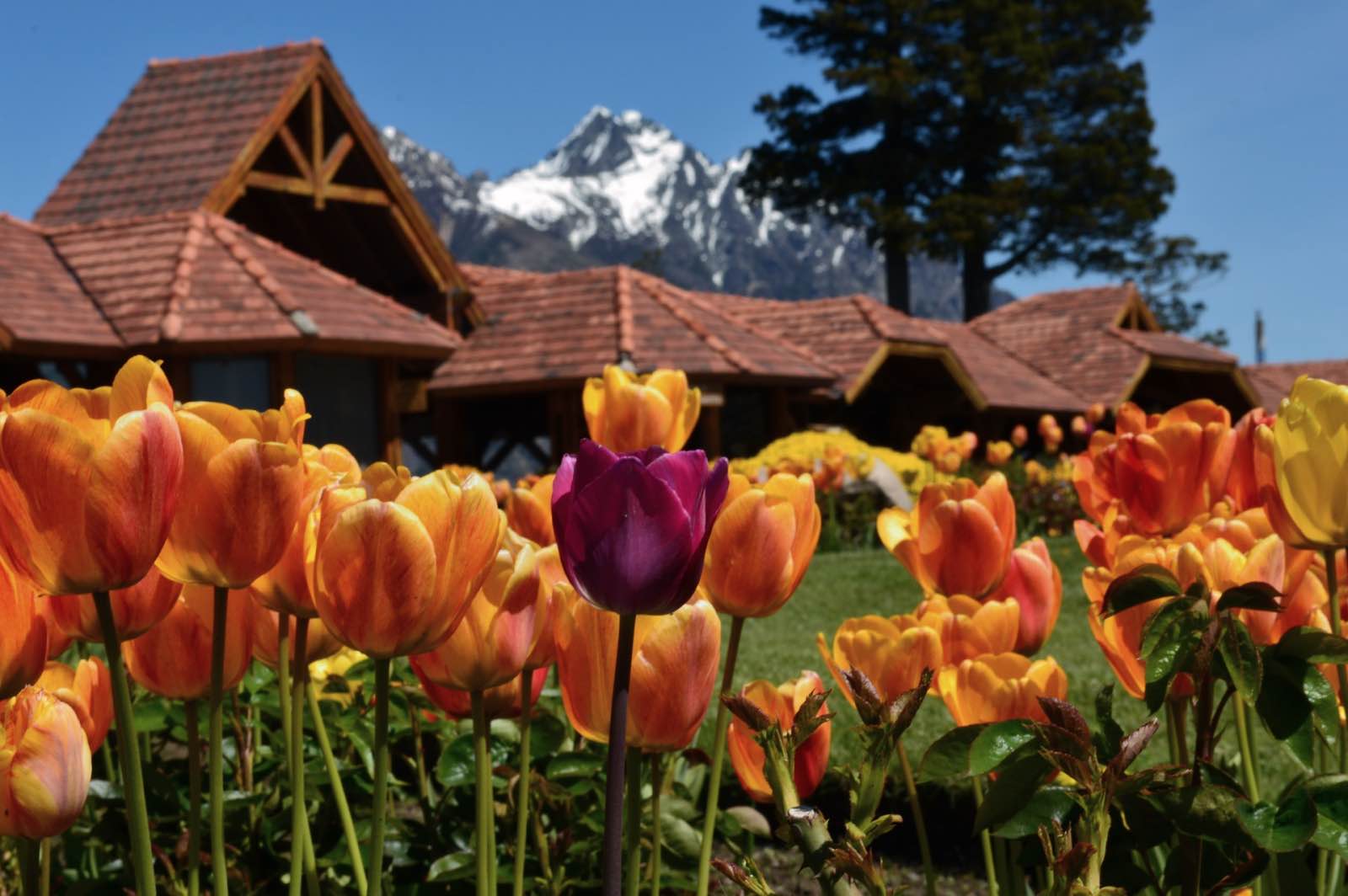
The Andean Highlands
In the west of the continent are the Andean Highlands and the historical heart of South America. The Inca Empire draws fascinated culture-travellers from all over the world, and its holy land, Machu Picchu, is where spiritual seekers come to rest weary souls. Peru, Bolivia, and Equador are clustered around some of the most inhospitable terrain on the continent and they overflow with architectural history and evidence of past extraordinary civilisations. Biodiversity reigns supreme here with bits of Amazon jungle, Andean peaks, and the Galápagos Islands offshore.
Machu Picchu, Inca Empire, Peru: Possibly the most important archeological site in the Andes, Machu Picchu was once a sanctuary for priests, holy people, and virgins who dedicated themselves to the Sun God. It was built like a small city, with pathways and waterways carved into the sacred ground, and today it is a temple of ruins on a high Andean mountain peak overlooking the Urubamba River. The Inca Trail – an ancient pathway leading from the Sacred Valley to this ancient citadel – is South America’s most famous trek, and one that will take hikers on a journey of beauty and spiritual connectedness.
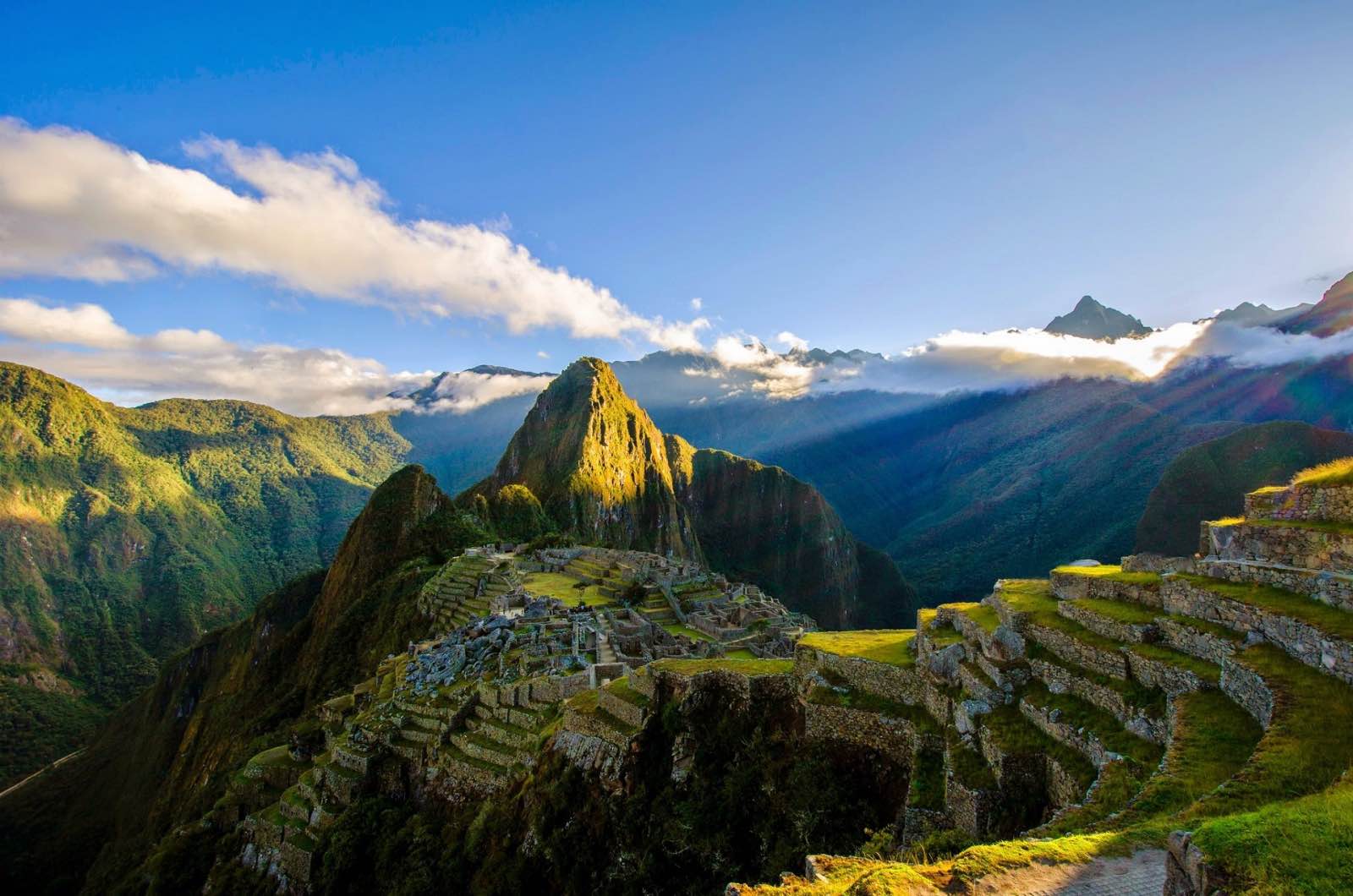
Galápagos Islands, off the coast of Equador: Ecuador is one of the smallest countries in South America, but it should not be overlooked. It is a biodiversity hotspot, and has volcanoes, rainforests, and of course, the Galápagos Islands. Above all, these historically and biologically significant islands are protected by environmental laws, and so is the ocean around them. An area of 80 000 square kilometres including 13 major islands and many smaller islets, this is the land that was visited by ancient Incas and Polynesians before it was discovered by the Europeans, and most notably, a young Charles Darwin.
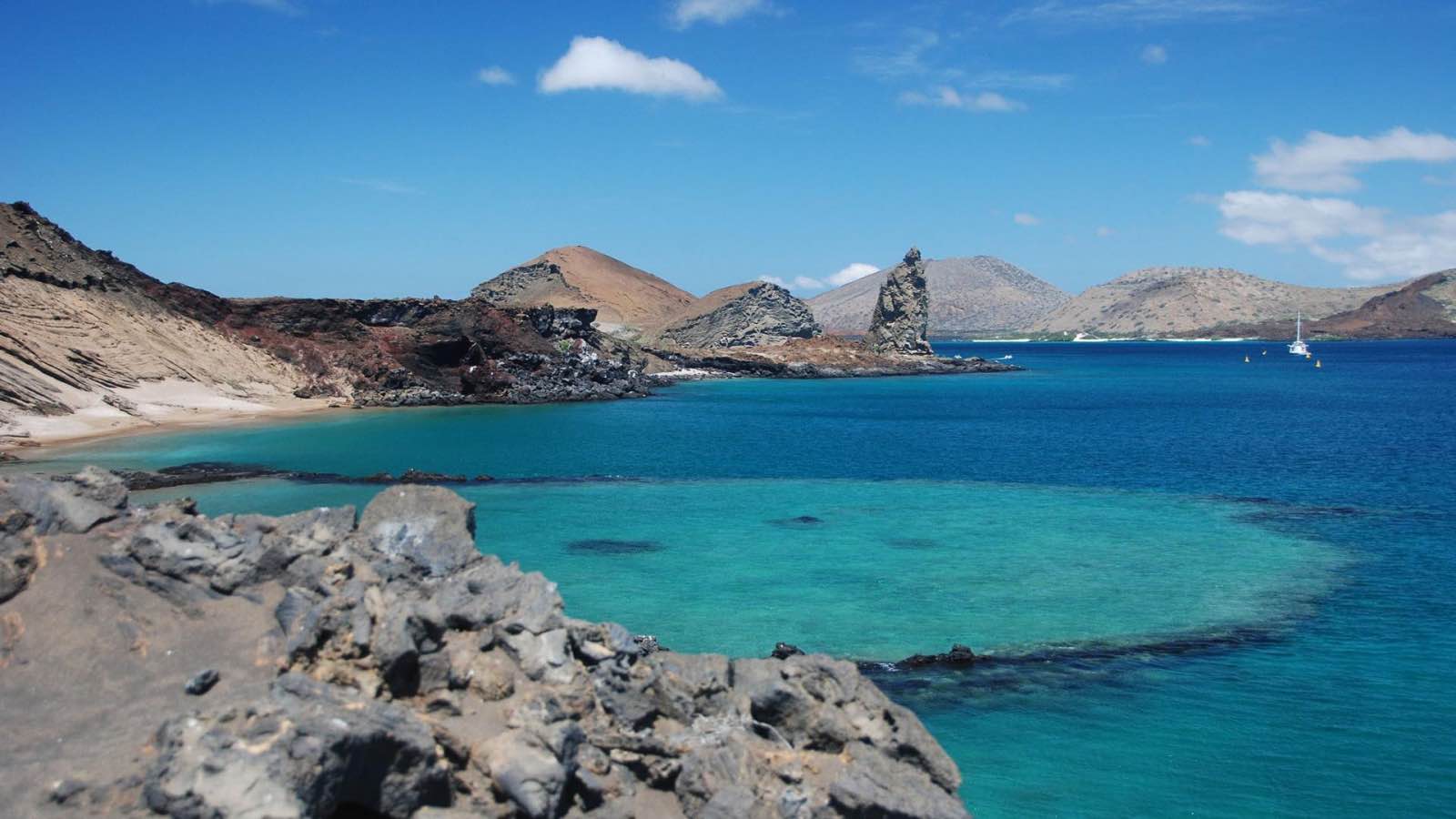

The Tropical Giant
Brazil. Sensuous, hedonistic, colossal. This country is the size of the United States and it is vastly made up of the Amazon jungle where jaguars and caimans come to blows on the Pantanal wetland, and the most exquisite waterfalls cascade in the forest. From birds, swamps, and the Amazon River, to the iconic Rio Carnival in the country’s capital. Bedazzled dancers, crowded beaches, music that defines a nation; Brazil is indeed South America’s Tropical Giant.
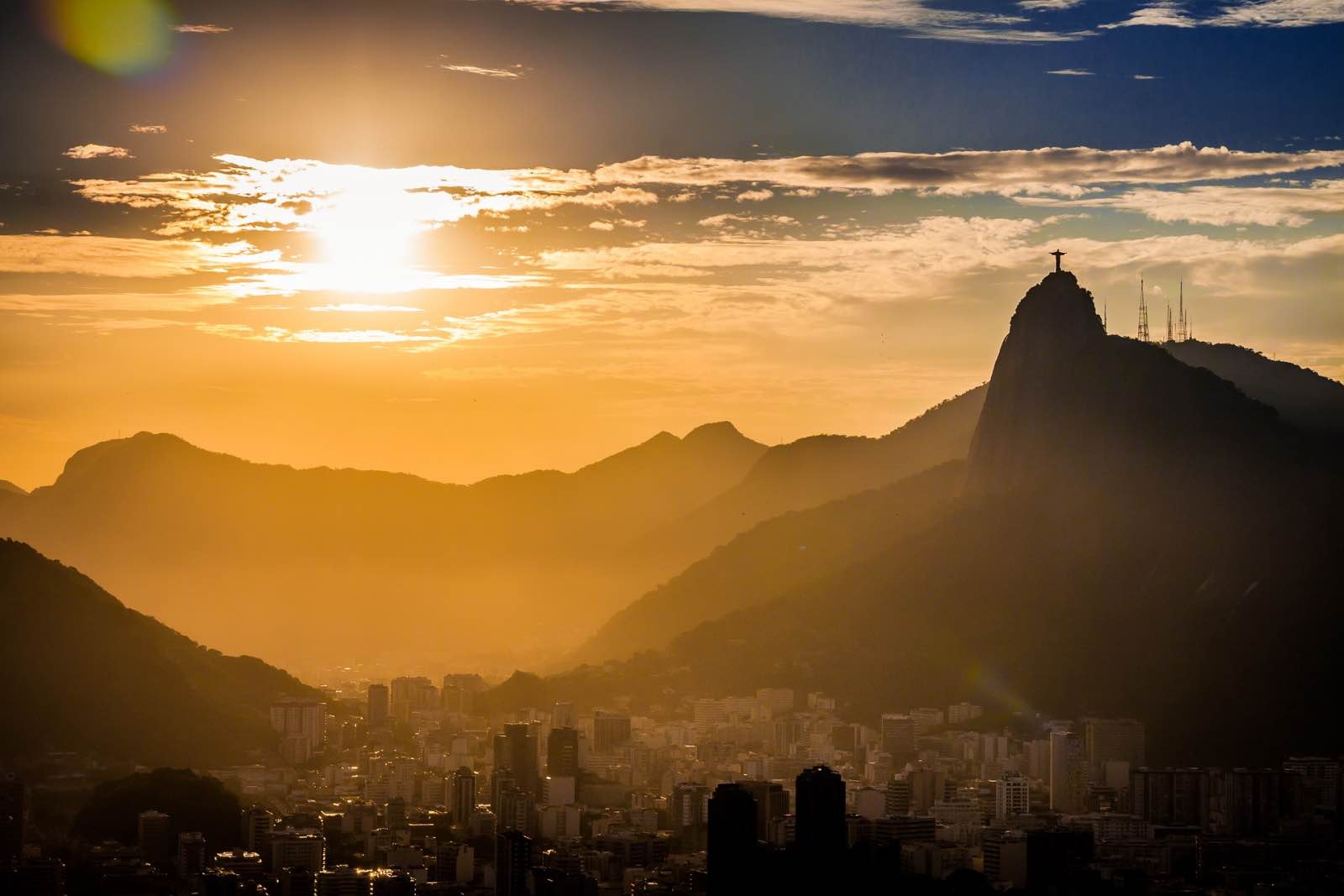
The Pantanal: This is an extremely popular place for nature lovers and adventure seekers, and it really does offer some of the most exciting and unique wildlife viewing opportunities, starting with over 1000 species of birds! The Pantanal is an enormous wetland, seasonally flooded, lush and humid. The best time to go is in winter, mostly to avoid the intense heat, but make sure to check on the seasons before you go so that you don’t miss what you’re going to see. Think jaguars, caimans, rose coloured spoonbills, capybaras, tapirs, pumas, and wild boar.
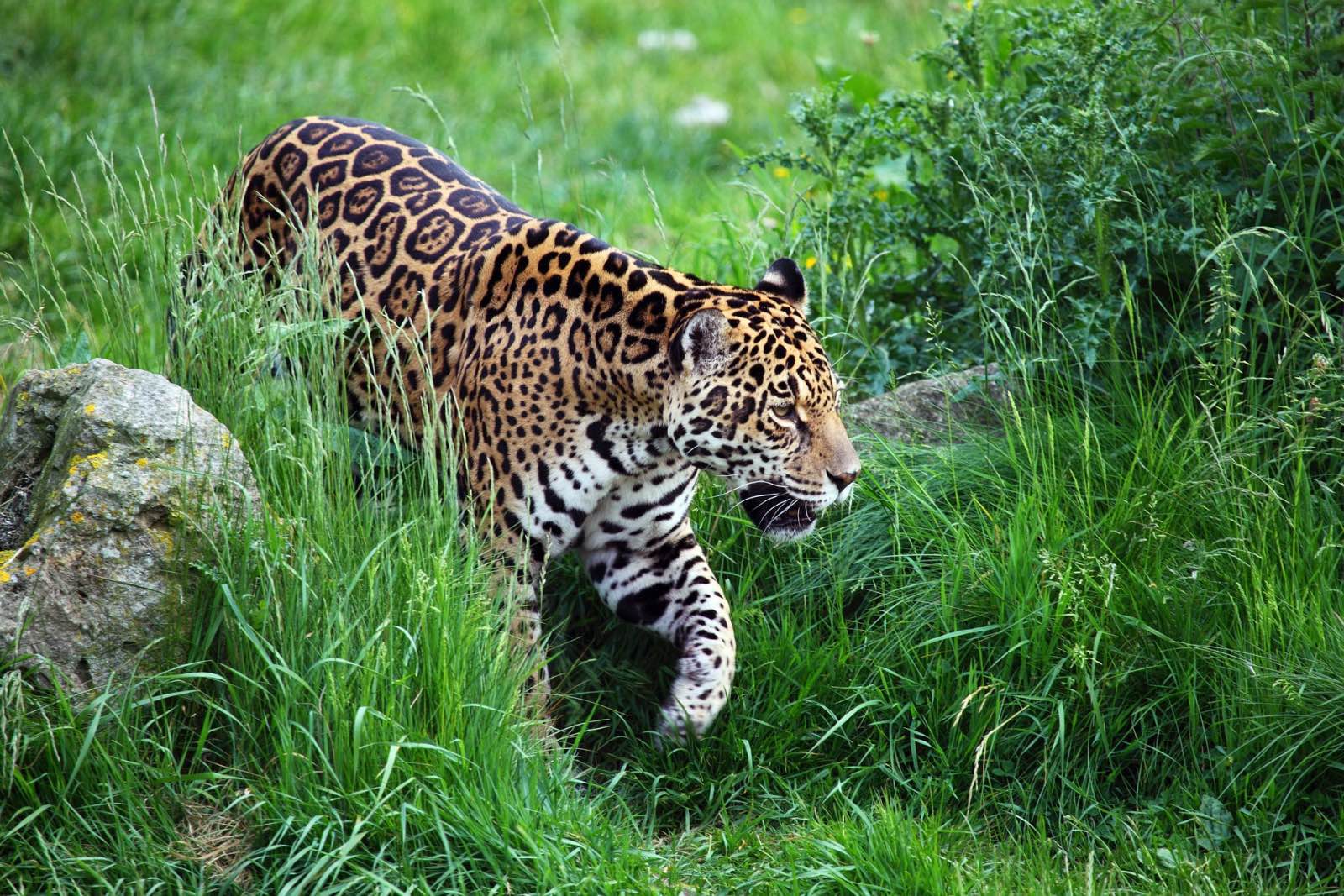
Iguacú Falls and the Itaipu Dam, south Brazil: Iguacú Falls link the borders of Brazil, Paraguay, and Argentina and are a sight for sore eyes; a thundering mass of water, cascading into the surging river below. The falls are certainly the main attraction of the region, and the closest town in Brazil is Foz do Iguacú, which is the gateway town to the phenomenal hydroelectric Itaipu Dam – the largest in the world. A guided tour of the dam and the falls is a must-do, but these are far from the only activities in the south of the country. There are the beach resorts of Florianópolis, and mountain towns with lingering colonial aspects, such as the German Oktoberfest in Blumenau. Whale watching and scenic train journeys are all part of the magic of the Brazilian south.
